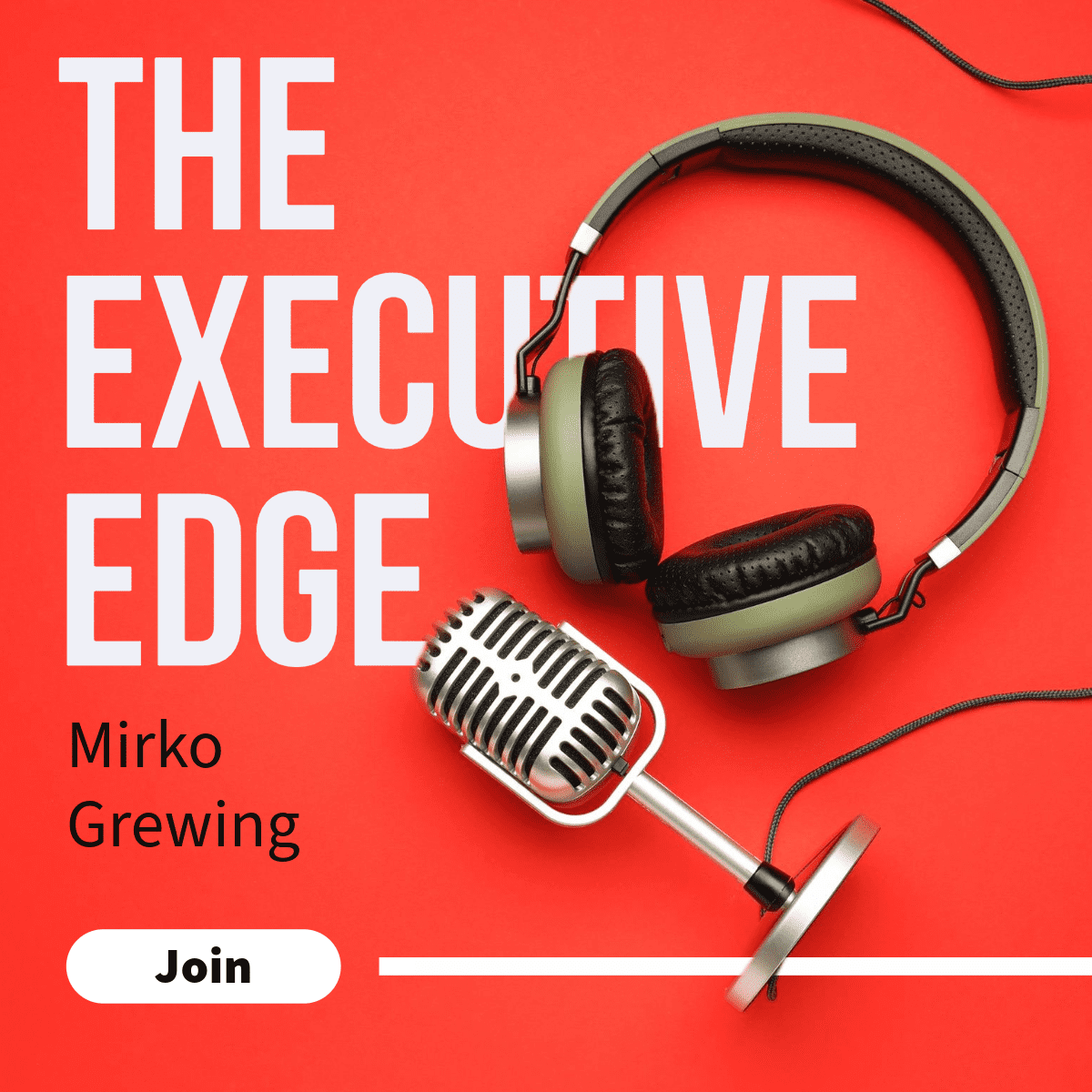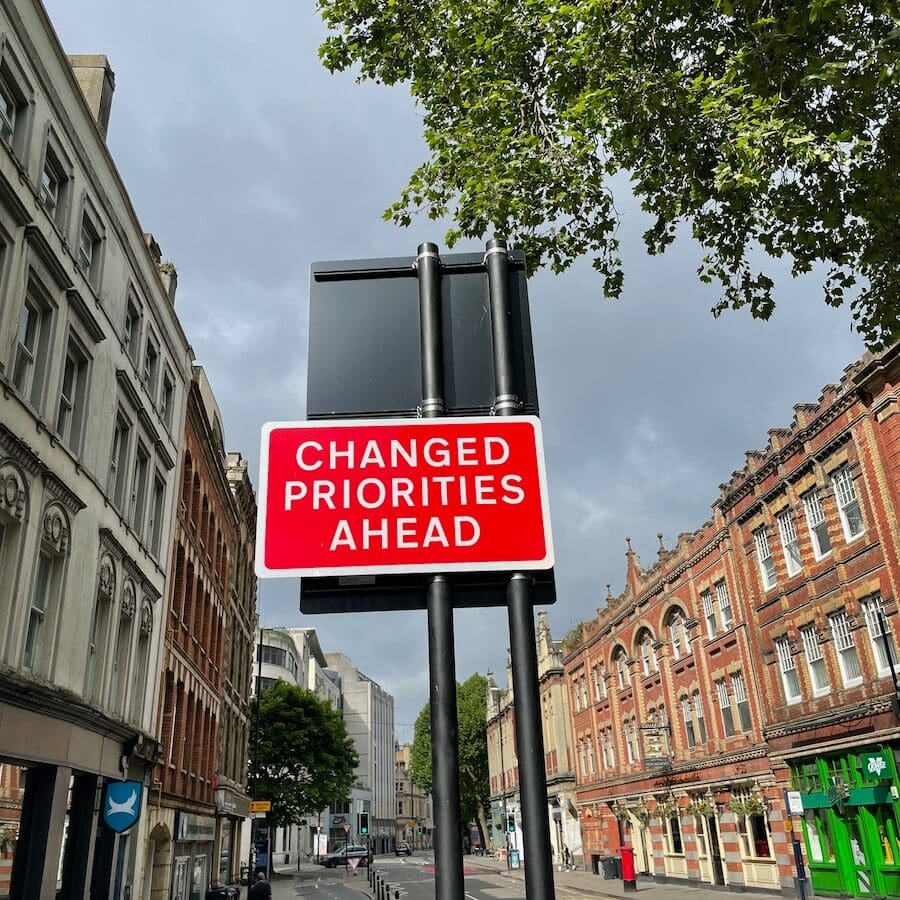In today’s hyper-competitive business landscape, the pace of change is relentless, driven by technological advancements, globalization, and evolving consumer expectations. While many organizations focus intently on gaining a technological edge or capturing market share, they often overlook a more subtle, yet equally critical asset: their institutional knowledge and organizational culture.
This intricate tapestry, woven over years or even decades, serves as the bedrock upon which sustainable success is built. It encompasses not just the technical know-how or operational efficiencies, but also the shared values, norms, and unwritten rules that guide employee behaviour and decision-making. This collective wisdom is the organization’s unique fingerprint, setting it apart in a crowded marketplace.
Alarmingly, many enterprises are oblivious to the slow, yet persistent, erosion of this invaluable asset. This oversight is not merely an operational misstep; it’s a strategic vulnerability that can undermine an organization’s competitive positioning and, more gravely, its very identity.
In this article, we will delve into three strategic indicators that serve as early warning signs of this erosion. We will explore why these are not just operational issues but strategic imperatives that demand immediate attention from senior leaders. Furthermore, we will offer actionable insights and practical steps to not only halt this erosion but also to fortify your organization’s most valuable asset.
Three Strategic Indicators Signaling Your Organization’s Vulnerability
In the labyrinthine world of modern business, the ability to discern early warning signs of organizational decay is not a luxury; it’s a necessity. These indicators are not mere operational glitches; they are strategic red flags that can herald a deeper, more insidious erosion of organizational capital. Below are three pivotal indicators that should be on every senior leader’s radar:
Suboptimal Onboarding: A Missed Strategic Opportunity
For senior leaders, the onboarding process serves as a critical juncture to seamlessly integrate new talent into the organization’s knowledge ecosystem. It’s not just a matter of filling out forms and ticking off boxes; it’s an opportunity to instil the organization’s values, culture, and collective wisdom into the next generation of leaders.


Strategic Insight
Consider implementing a structured mentorship program that pairs new hires with seasoned executives. This initiative serves dual purposes: it facilitates a smoother transition for the new employee while also acting as a conduit for the transfer of invaluable organizational wisdom.
The Financial and Emotional Costs of Poor Onboarding
According to a study by Gallup, a staggering 88% of employees believe that their organization falls short in providing a satisfactory onboarding experience. This failure can lead to elevated turnover rates, costing the company as much as nine months of an employee’s salary to identify and onboard a suitable replacement.
The Emotional Quotient
Onboarding is not merely a transactional process; it’s an emotional journey. A subpar onboarding experience can sever the emotional ties between the new hire and the organization, leading to disengagement and, ultimately, attrition.
The Cultural Dimension
Effective onboarding transcends skills training; it’s about cultural assimilation. A recent article in Forbes underscores the importance of integrating company values into daily interactions with new hires. Employees who perceive a values-alignment with the organization are more likely to derive a personal sense of accomplishment from their roles, reducing the likelihood of premature exits.
The Imperative of Open Communication
Transparent communication is a cornerstone of a resilient organizational culture. Studies indicate that employees whose managers communicate their roles and responsibilities clearly are 23% more likely to remain with the organization. Effective onboarding programs should initiate an ongoing dialogue that evolves throughout an employee’s tenure.
Actionable Steps for Leaders
- Personalize the Onboarding Experience: Tailor the onboarding process to meet the unique needs and skills of each new hire.
- Set Clear Expectations: Clearly outline what is expected from the new hire and what they can expect from the organization.
- Regular Check-ins: Schedule periodic one-on-one meetings with new hires to address any concerns or questions they may have.
- Peer Support: Assign a peer mentor to each new hire to help them navigate the organization’s culture and processes.
By adopting a strategic approach to onboarding, senior leaders can not only preserve but also amplify the organization’s collective knowledge and culture. This is not just an operational enhancement; it’s a strategic lever that can secure a formidable competitive edge in today’s volatile business environment.
The Perils of Redundancy: When Institutional Knowledge Isn’t Leveraged
In the realm of organizational strategy, the phrase “reinventing the wheel” takes on a gravitas that is often underestimated. Every instance where an employee has to recreate a document, process, or even a strategy that already exists within the organization is not merely a waste of time. It’s a glaring failure to leverage existing institutional knowledge, and it comes with both tangible and intangible costs.


Strategic Insight
Senior leaders should consider establishing a centralized knowledge management system, overseen by a Chief Knowledge Officer. This role is not just about data management; it’s about ensuring that the organization’s collective wisdom is harnessed, optimized, and made accessible to all employees.
The Financial Toll of Redundancy
According to a McKinsey report, the cost of employee disengagement and attrition due to poor knowledge management could range between $228 million and $355 million a year for a median-sized S&P 500 company. This staggering figure underscores the financial imperative of effective knowledge management.
The Role of Technology in Knowledge Management
In today’s digital age, leveraging technology for knowledge management is not an option; it’s a necessity. Tools like intranet portals, internal wikis, and specialized knowledge management software can serve as invaluable repositories for best practices, templates, and case studies.
Breaking Down Silos
A well-implemented knowledge management system can do more than serve as a static repository; it can actively facilitate collaboration across departments, teams, and geographies. This ensures that institutional knowledge is not confined to silos but is disseminated organization-wide, thereby enriching the collective intelligence of the enterprise.
The Human Element
While technology can facilitate knowledge management, the human element should not be overlooked. Encourage a culture where employees actively share their expertise and insights. This not only enriches the knowledge base but also fosters a culture of continuous learning and improvement.
Actionable Steps for Leaders
- Appoint a Chief Knowledge Officer: This role should oversee the development and optimization of the knowledge management system.
- Invest in Technology: Utilize modern tools to create a dynamic and user-friendly knowledge repository.
- Promote Cross-Functional Collaboration: Encourage teams from different departments to share insights and best practices.
- Regular Audits: Periodically review the knowledge management system to ensure it aligns with current organizational objectives and industry best practices.
By addressing the issue of redundancy and implementing a robust knowledge management system, senior leaders can not only mitigate financial losses but also enrich the organization’s intellectual capital. This is not just an operational upgrade; it’s a strategic imperative for long-term competitiveness and success.
Ambiguity in Ownership: A Governance Challenge Revisited
In the intricate web of organizational processes and knowledge assets, the absence of clear ownership and accountability can be a ticking time bomb. This is not merely an operational concern; it’s a governance challenge that can lead to strategic misalignments, decreased productivity, and ultimately, a loss of competitive edge.


Strategic Insight
For senior leaders, the solution lies in assigning clear ownership and accountability for different knowledge assets and processes within the organization. Moreover, the establishment of an internal governance body responsible for regular audits can ensure that these assets are not only up-to-date but also aligned with the organization’s strategic objectives.
The Risks of Ambiguous Ownership
When ownership is unclear, the risks are manifold. Projects can stall, decision-making can become cumbersome, and valuable knowledge can fall through the cracks. According to a report by the Project Management Institute, unclear ownership is one of the leading causes of project failure, costing companies millions in lost revenue and wasted resources.
The Role of Governance in Knowledge Management
Governance is not just about oversight; it’s about enabling effective decision-making and ensuring alignment between an organization’s strategic objectives and its operational realities. A strong governance structure can serve as the backbone for effective knowledge management, providing the checks and balances needed to maintain the integrity and relevance of organizational knowledge.
Actionable Steps for Leaders
- Define Clear Ownership: Assign individuals or teams as the designated owners of specific processes or knowledge assets. This not only clarifies roles but also empowers these ‘owners’ to take the initiative in managing these assets effectively.
- Establish a Governance Body: Create an internal governance body, such as a Knowledge Management Committee, responsible for the regular audits of knowledge assets and processes. This committee should report directly to senior leadership to ensure alignment with strategic objectives.
- Implement Accountability Mechanisms: Use performance metrics and KPIs to measure the effectiveness of ownership and governance structures. Regular reviews can help identify areas for improvement and ensure that the organization remains agile and responsive to change.
- Foster a Culture of Responsibility: Encourage a culture where ownership and accountability are valued. This not only enhances individual performance but also contributes to organizational success.
By proactively addressing the issue of ambiguous ownership and strengthening governance structures, senior leaders can safeguard their organization’s most valuable assets—its collective knowledge and culture—thereby securing a sustainable competitive advantage.
Conclusion: The Strategic Imperative of Knowledge Management Revisited
In an ever-changing business landscape, the erosion of organizational knowledge and culture is not a peripheral issue; it is a strategic imperative that demands immediate and sustained attention from senior leaders. The stakes are exceedingly high. This is not merely about resolving immediate challenges; it’s about safeguarding the very essence of your organization’s identity and ensuring its long-term viability and success.
The Leadership Challenge
- Strategic Alignment: The issues discussed in this article are not isolated problems but symptoms of deeper organizational misalignments. Senior leaders must ensure that their strategies are not just well-articulated but also well-implemented across all levels of the organization.
- Cultural Preservation: An organization’s culture is its unique fingerprint, and the erosion of this culture can lead to a loss of identity. Leaders must be the stewards of this culture, ensuring that it is not just maintained but also evolved in a way that aligns with changing business landscapes.
- Sustainable Competitiveness: In an ever-evolving marketplace, resting on one’s laurels is not an option. Leaders must continually assess and reassess their strategies to ensure that they are not just current but also future-proof.
Proactive Steps for Long-term Success
- Invest in Knowledge Management: A robust knowledge management system is not a luxury but a necessity. It serves as the backbone for preserving organizational knowledge and facilitating its effective utilization.
- Strengthen Governance Structures: Clear governance mechanisms can help in the effective management of knowledge assets and ensure that they are aligned with the organization’s strategic objectives.
- Cultivate a Culture of Continuous Learning: Encourage a culture where learning and knowledge sharing are valued. This will not only enhance individual performance but also contribute to organizational success.
- Measure and Monitor: Use metrics and KPIs to continuously monitor the effectiveness of your knowledge management strategies. This will provide valuable insights into areas that require improvement and help you make data-driven decisions.
By taking these proactive steps, you are doing more than just addressing immediate challenges. You are laying the foundation for a resilient organization that is equipped to adapt, evolve, and thrive in a complex and unpredictable business environment.





0 Comments